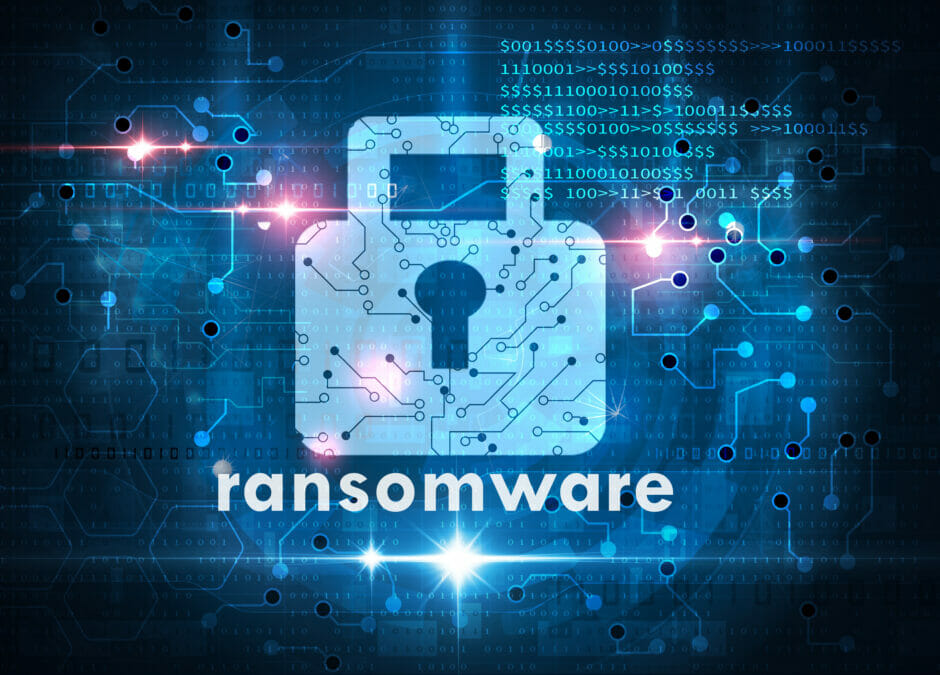Over the years, the industry leaders in internet business transactions have worked together to create a complex system for ensuring online payment security. This system guarantees that consumers receive the goods for which they pay, and ensures that confidential information, such as transactions and account numbers, remain safe and secure.
E-commerce, with the integration of the internet, supports technologies that improve electronic data interchanges, mobile technology, online transaction processing, automated data collection, electronic funds transfers, internet marketing, inventory management systems, and supply chain management.
These technologies have vastly changed the way that businesses run. One large way in which businesses have adapted is by improving and implementing online payment security systems
Businesses have worked valiantly to ensure the safety of money when it comes to online payment security. However, it comes with a price tag. According to an IDC forecast, cybersecurity spend globally is set to grow to nearly $300bn by 2026. This safeguard technology that people use daily to complete online transactions did not come overnight, but took decades to create, perfect and implement.
Here, we explore the history of online payment security, and how value add for consumers has evolved.
6 payments technology companies disrupting the sector — Here are some companies that are making waves in the payments technology space, bolstering transaction processes for businesses.
Using firewalls to build trust
Many businesses have jumped into the online marketplace and have claimed their slice of the digital pie. In fact, if a business isn’t allowing customers to access its products with a few clicks of the mouse, it’s definitely missing out on a large audience. This is precisely the reason why the majority of businesses have integrated e-commerce and m-commerce websites into their business models.
The first ever secure and successful online retail transactions, which were made in 1994, were initiated by Internet Shopping Network and NetMarket. The largest retail corporations online to date are that of eBay and Amazon, both of who opened for business in 1995, while Alibaba opened in 2003 and Tmall in 2008. None of these retailers would be where they are today without the successful implementation of firewalls, which were essential to building trust with their users.
Firewalls, which work as a barrier between the internet and a connected computer, ensure that only those granted permission can obtain access to the information on the computer. Because of firewalls, users can get online knowing that they can purchase items online in safety.
In 1991, Sir Tim Berners Lee, an English computer guru and scientist, opened up the first World Wide Web server used for commercial purposes.
The creation of the web, plus the creation of different technological innovations, led to the opening of Pizza Hut’s online shop in 1994. As a result, it claims to hold the title of the company providing the “first-ever online purchase”.
Driving value from Digital Commerce capabilities — Here’s how value can be driven from Digital Commerce capabilities, and the role that partnerships can play.
Seeing that people would be using the internet to regularly make online financial transactions, Netscape Communications created a way to ensure that shopping systems, online banking and online retailers were able to offer their clients encryption through their internet browser’s Secure Sockets Layer (SSL) to ensure secure data transfers.
The most common payment methods for online transactions, which are all protected by SSL, are made through cash-on-delivery (COD), cheque or check payments, wire transfers, gift cards billing charged to landlines or mobile phones, debit card, postal money order, electronic money, credit card or PayPal.
PayPal, a company that touts itself as “your personal Fort Knox”, offers transactions that are classified as the most secure and dependable payment processor for making online payments in different currencies. Online payment transactions are usually processed in real-time, which is why it is so important to ensure that security is at the forefront of the businesses you transact with online. Many Companies use SSL for secure financial transactions.
These days, the role of the firewall has evolved with the shift from security perimeters to a variety of micro-perimeters for more effective and secure business network collaboration. Acting as part of a wider payment security system, firewalls today need to identify applications by classifying traffic access; connect application usage to user identity, as opposed to the IP address; protect against known and unknown threats with a zero trust approach; and help manage security policies.
Personal identification numbers for all
Probably one of the oldest, tested and true security measures that is often the cornerstone of online payment security is that of personal identification.
Personal identification dates back hundreds of years, with tangible personal identification numbers (PINs) starting with the issuance of social security numbers in 1936.
PINs are used almost daily. Whether you use your debit card at an ATM, which started using them in 1960, or you use a four-digit number to unlock your iPhone, the majority of people use a PIN at least once a week if not every day. The video below shows just how important PIN is and how to best ensure that it is protecting your financial interests.
To strengthen the power of PINs, many organisations have implemented additional security measures like the two-factor authentication to ensure the security of their clients. Two-factor authentication requires that users use a combination of security components to access their private information.
Google was the first site to use two-factor authentication. They made it so that those requesting access were required to have not only a password, but access to the phone number used when creating the account.
Since then, many companies have taken this system to the next level by providing their users with a multitude of ways to ensure the security of their online payments. They have implemented multiple ways to ensure the safety of their clients’ transactions, including password security, a six digit PIN, account security tokens and SMS validation. Other than a DNA match, you can’t get much more verified than this.
Privacy and confidentiality of information, especially when it concerns financial data, is detrimental to customer satisfaction. There are millions of financial transactions done online on a daily basis involving payments to online shopping websites or merchant stores, bill payments or bank transactions. Security of cashless transactions done on a virtual platform requires an element of bankability and trust that can only be generated from the best and most reputable brands and leaders in the industry.
Software – the final bastion in payments security — Exploring how businesses can get the best out of payment software, with security in mind.
Biometric security
The use of biometrics — use of physical characteristics for identification — to keep online banking and payment portals secure can be dated back to the early 2000’s, when Fujitsu started using finger vein scanning to authenticate users. Apple‘s introduction of fingerprint unlocking for the iPhone in 2013 ushered in a trend of natively hosted biometric security measures between users and their financial data.
This can now be used to securely access payment apps and platforms, including PayPal, through mobile phone settings. As well as the use of one’s fingerprint, facial recognition for payments access has become commonplace.
While still not completely hack-proof — data privacy remains a challenge to be addressed in the face of evolving cyber attacks — this method of online payment security goes beyond the use of details such as PIN numbers and passcodes, lessening the friction of the user experience.
Related:
Future of payments technology — Consumers demand speed, convenience and security when it comes to payments, which puts technology in the driving seat.






